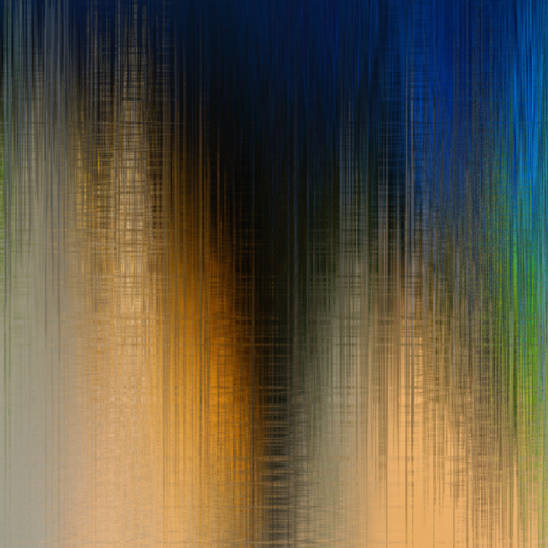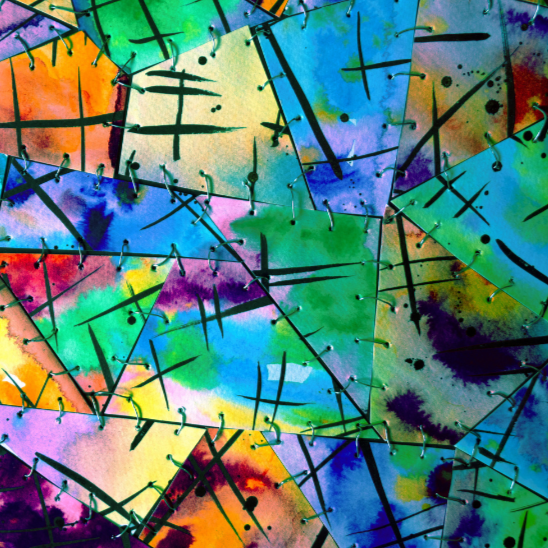How does the narrative process reveal hidden talent?
Stories are invitations, opportunities to see and be seen, to listen and learn, to be inspired or at the very least be informed. Stories are threads that connect generations and unite groups in a process of integration, analysis, and actualization.
Creativity is a pathway for communities to reconstruct group identity, and identities are structured around stories (Olson & Jason, 2011). For individuals, telling personal stories is an enriching, authentic way of being understood by others, and for communities, story sharing is instrumental in the process of healing, analyzing implicit cultural dynamics (Olson & Jason, 2011), and reshaping dominant, yet false narratives held by society. For example, the Harlem Renaissance was the groundbreaking Black cultural movement instigated in the 1920s by the hundreds of thousands who migrated north and away from the oppressive politics of the American south. The period brought forward a variety of Black-owned businesses and accessible commerce in the compact New York neighborhood, and more specifically, newspapers and other publishing formats welcomed and amplified the perspectives of Black writers and creators who sought to confront widespread discrimination through storytelling. By expressing racial pride and exploring the pain of societal indignities, the Black community began to redefine itself outside of stereotypes.
Langston Hughes is one of the Black artists, writers, and poets who emerged during the Harlem Renaissance, and in 1926, Hughes described American standardization as the tempting distraction that threatened the cultural movement and its revolutionary force. Decades before Hughes issued this warning, WEB DuBois explained his realization that to “attain his place in the world, he must be himself and not another.” Ultimately, the aim of his striving, DuBois wrote, was self-development and “to be a co- worker in the kingdom of culture.” Thus, to avoid the trap of diluting individuality into a mold of normalization, Hughes urged Black artists to proclaim their racial identity and express it fully without fear or shame. “We know we are beautiful,” Hughes wrote, “and ugly too.”
Difference does not require apology; rather, difference deserves acknowledgement and understanding – a significant shift in a society conditioned to pathologize traits that defy symbolic virtues of sameness.
Stories shift the paradigm.
References
Olson, B.D., & Jason, L.A. (2011). The community narration (CN) approach: Understanding a group’s identity and cognitive constructs through personal and community narratives. Global Journal of Community Psychology Practice, 2(1), 1-7. Retrieved March 15, 2022, from http://www.gjcpp.org/




